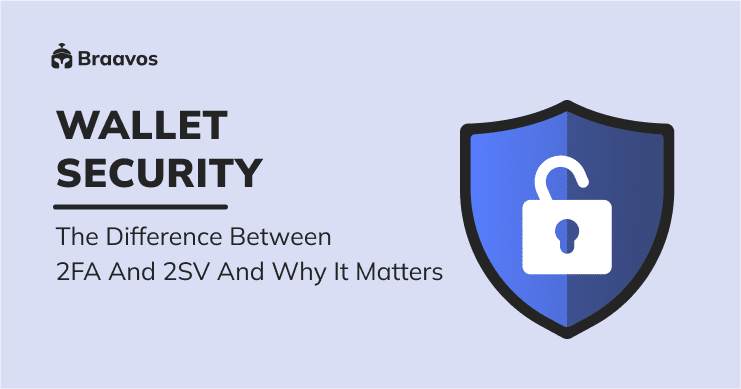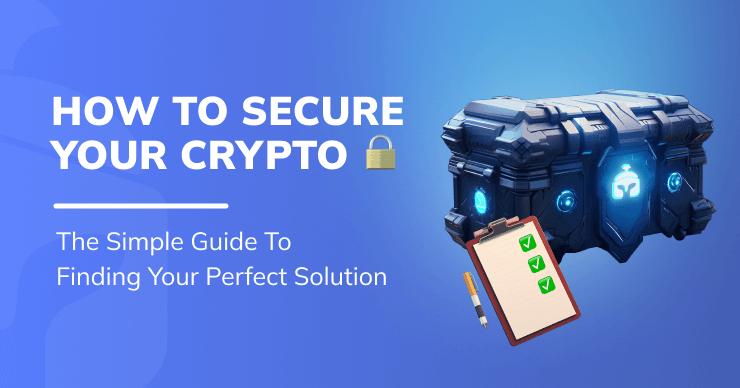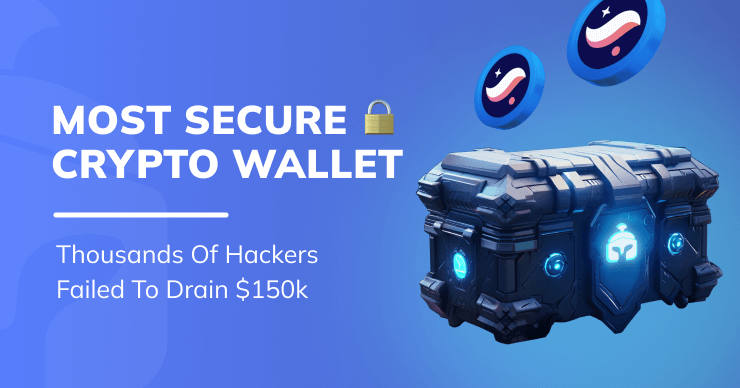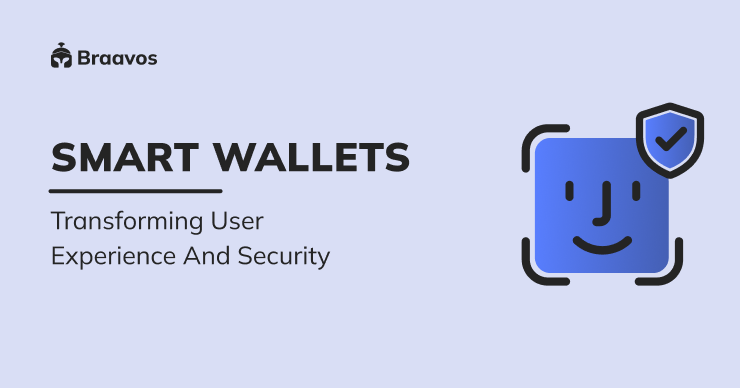In the complex world of cryptocurrency, crypto wallet security is a tricky puzzle. Traditional wallets protect your funds by requiring signatures from seed-derived keys. However, this method is notoriously vulnerable to phishing attacks and malware. Fortunately, more wallets are now adopting non-crypto security best practices. Yet, even the best intentions can lead to confusion, causing users to misunderstand their level of security.
It’s time to clear up a common mix-up 👇
Are 2FA and 2SV the same thing?
No, they are not. Despite sounding similar and often being used interchangeably, 2FA and 2SV are distinctly different. You can consider them siblings in the crypto wallet security family, but there’s a definite hierarchy.
Between the two, 2FA takes the crown for robustness, offering a superior level of protection.
What exactly is 2FA?
2FA stands for Two-Factor Authentication. It’s a process that verifies your identity by combining two out of the following three different types of proof:
- something you know
- something you have
- something you are
It’s more than just two steps; it’s two unique types of evidence.
Imagine walking into a high-security building. You first swipe an access card (something you have) then scan your fingerprint or face (something you are). This scenario perfectly illustrates 2FA’s principle.
So, what is 2SV then?
On the other hand, 2SV, or Two-Step Verification, takes two steps from the same category, typically “something you know”. For example, you input a password and then a code sent to your email. It’s like facing two identical locks placed one after the other. Yes, it adds a level of difficulty, but to a seasoned lock-picker, they present the same challenge.
Which is better: 2FA or 2SV?
For a more vivid comparison, think of 2FA as a lock followed by a biometric 3D face scanner. Essentially, it’s like breaking through a lock only to face a lava moat – two utterly different challenges. In this game, while 2SV adds an extra step, 2FA is the armored knight. By requiring different types of proof, it creates a significantly higher barrier for potential attackers to overcome.
What are the risks of crypto wallet security confusion?
It’s easy to dismiss the distinctions between 2FA and 2SV as insignificant technicalities, but doing so can have serious consequences. In the world of crypto wallet security, where transactions are irreversible and attacks are a daily occurrence, security missteps can be costly.
Consider this: if an attacker manages to install malware on your computer, they could easily obtain your seed phrase – either by scanning your filesystem (if you didn’t follow best practices and saved it in a digital file), or simply by brute-forcing your wallet password. If you’re only protected by 2SV (both steps being “something you know”), the attacker might be able to bypass the second verification step as well (for example, by reading your screen when your inbox is open).
In contrast, if you have 2FA in place, gaining access would require the attacker to overcome a completely different form of proof, significantly decreasing your vulnerability. On top of a password (something you know), they’d need to get a hold of either your physical device or your biometrics – stealing your device or replicating your face.
Therefore, understanding the nuances of these security measures is not just a matter of academic interest; it’s a crucial step towards effectively securing your crypto assets.
What should I choose for my crypto wallet security?
Whether you’re a user or a developer, aim for a comprehensive understanding of these security measures and their robust implementation. A clear understanding is your guiding light in the often murky landscape of security. Knowing the difference between 2FA and 2SV lets you choose the right level of protection for your crypto wallet, providing peace of mind that your funds are well-guarded.




